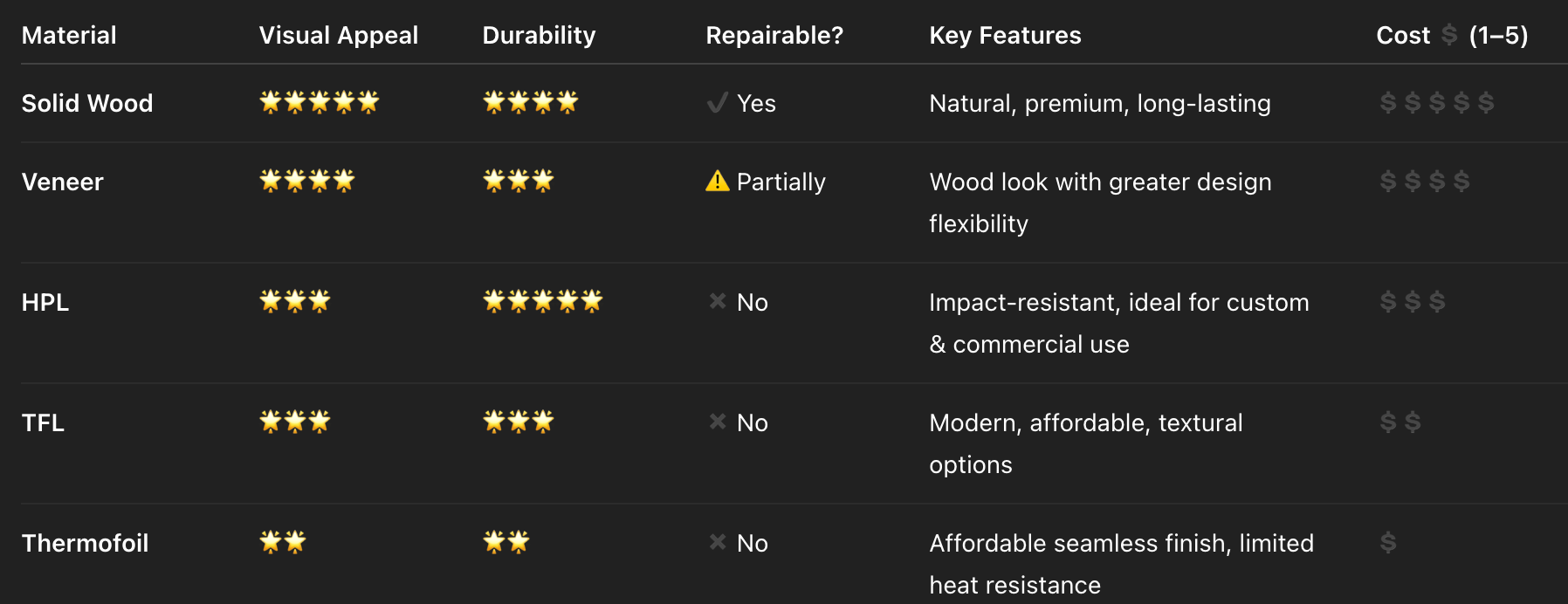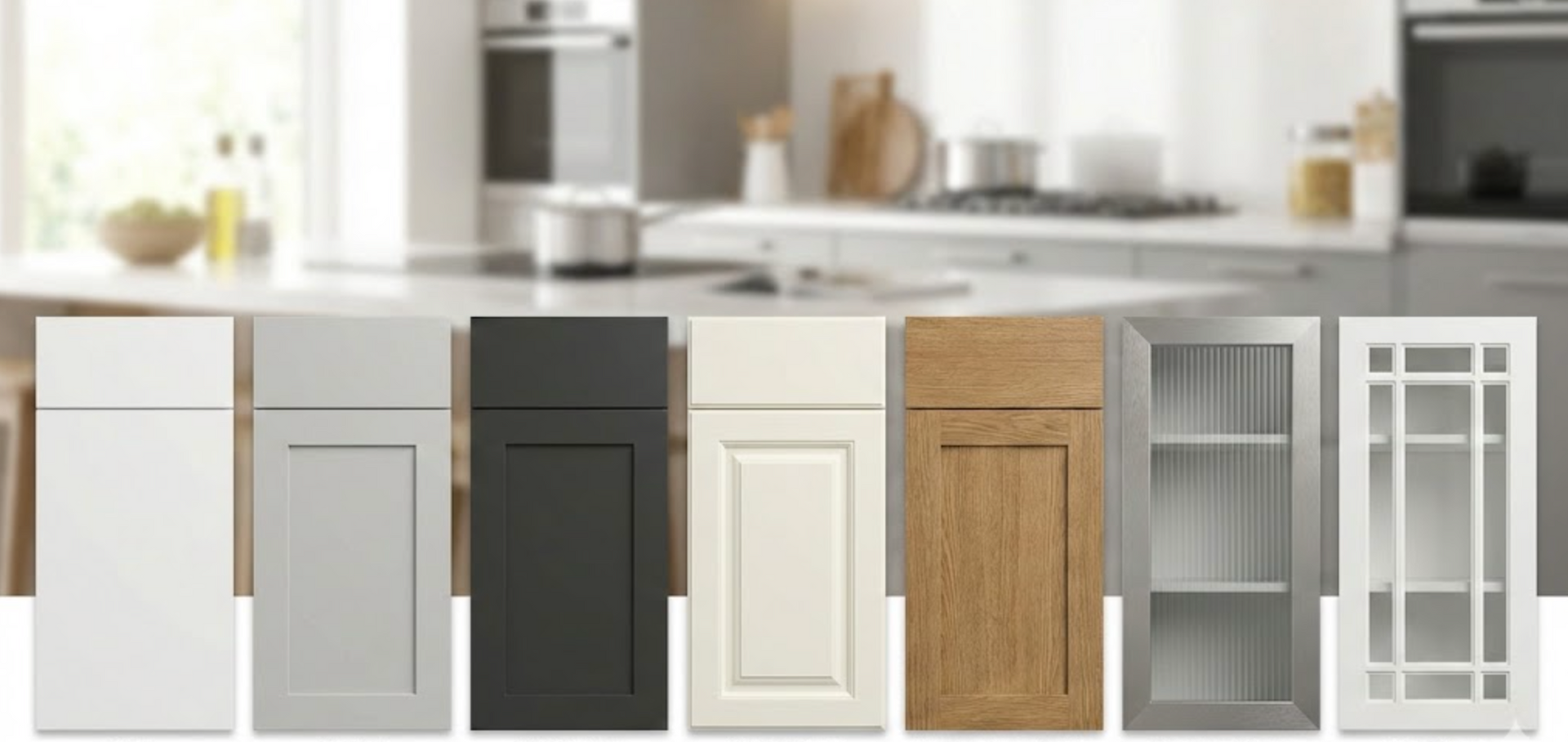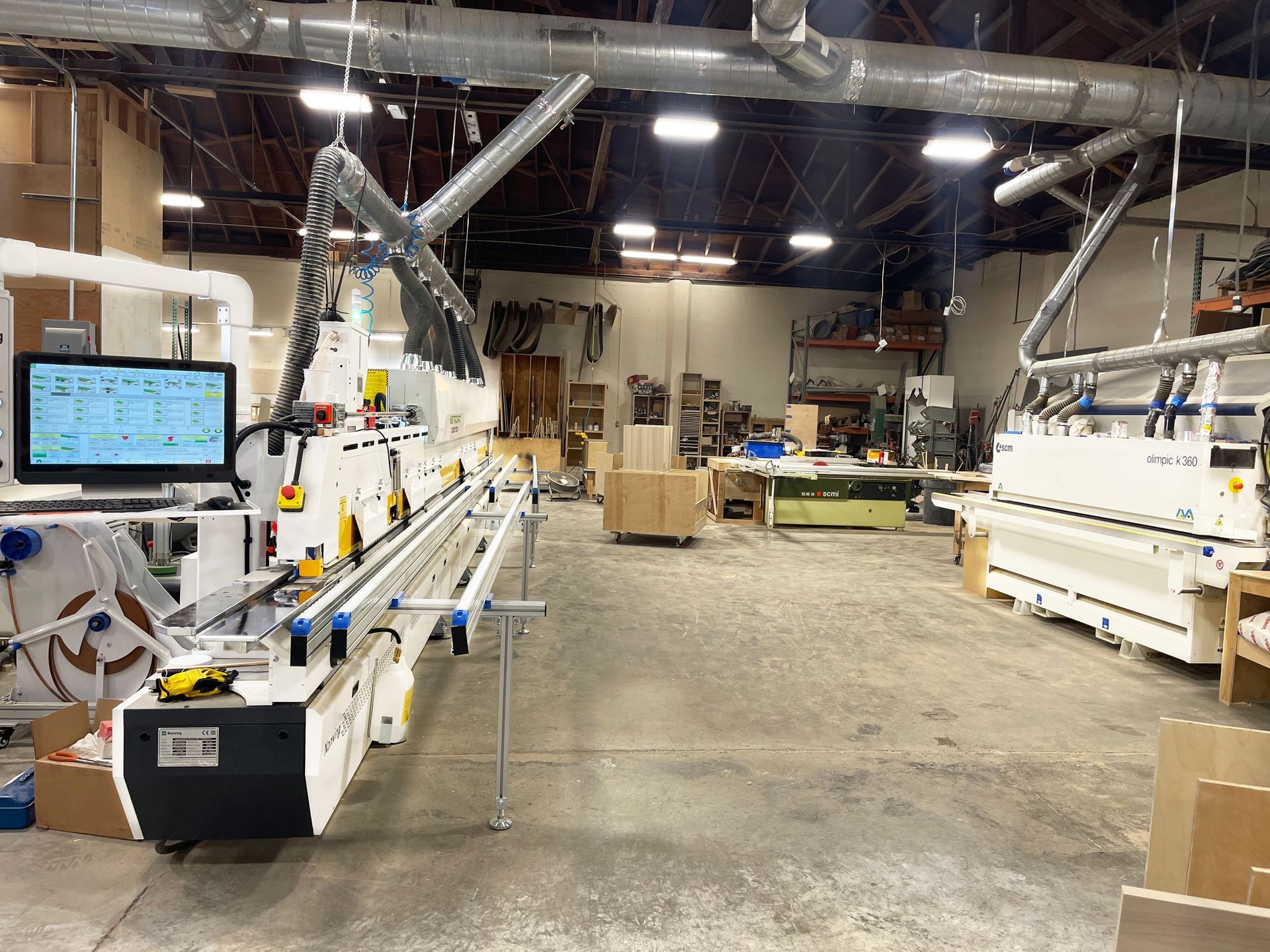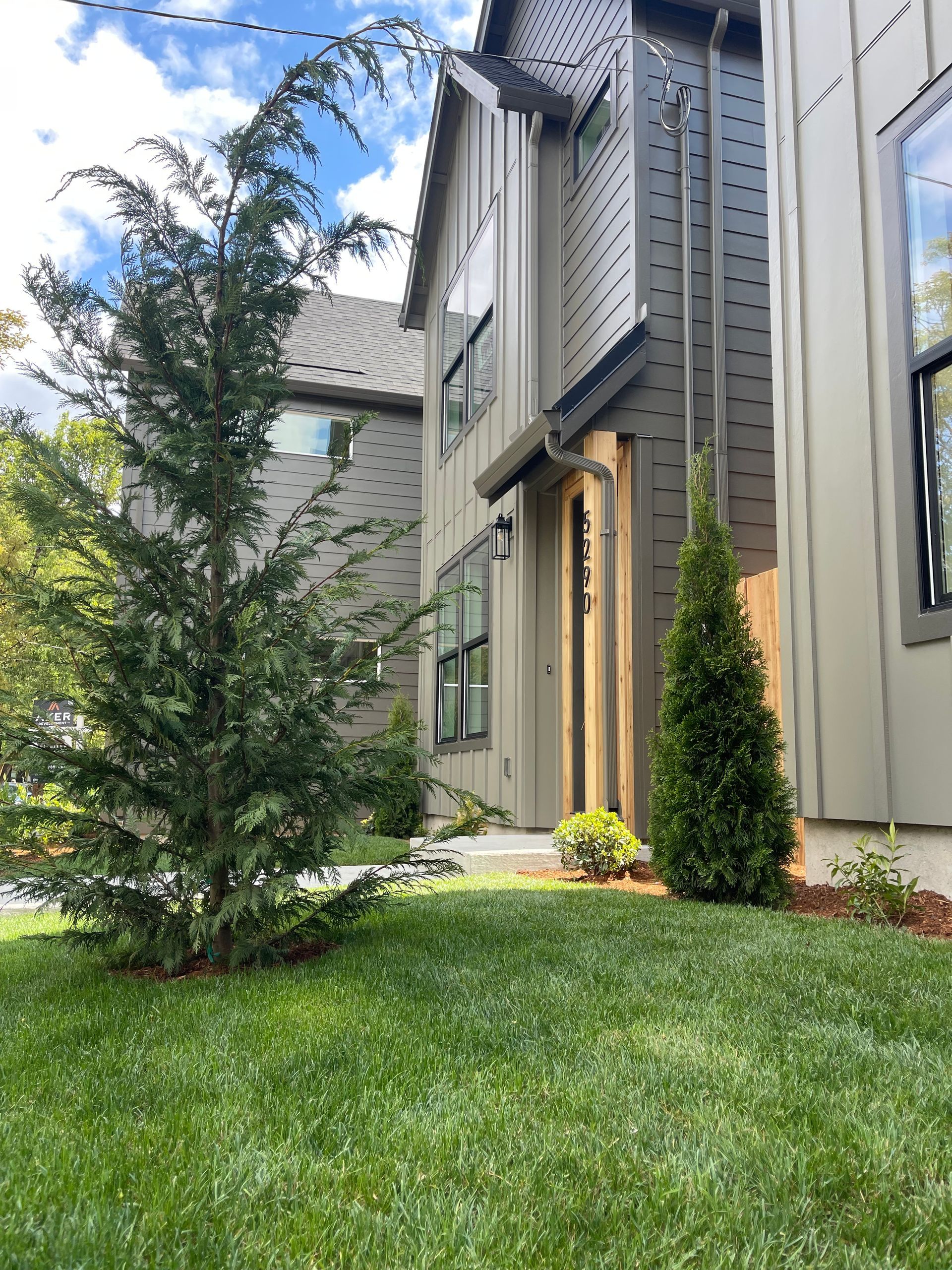What Are Kitchen Cabinet Doors Made Of? A Clear Guide to Materials.
Cabinet doors are the face of any kitchen. They define the visual style, the sense of quality, and the day-to-day experience of using the space. But behind the appearance lies a key question: what are they made of?
This guide breaks down the 5 most common materials used in U.S. kitchen and built-in cabinetry production. We’ll explain their differences simply — so you can choose with confidence.
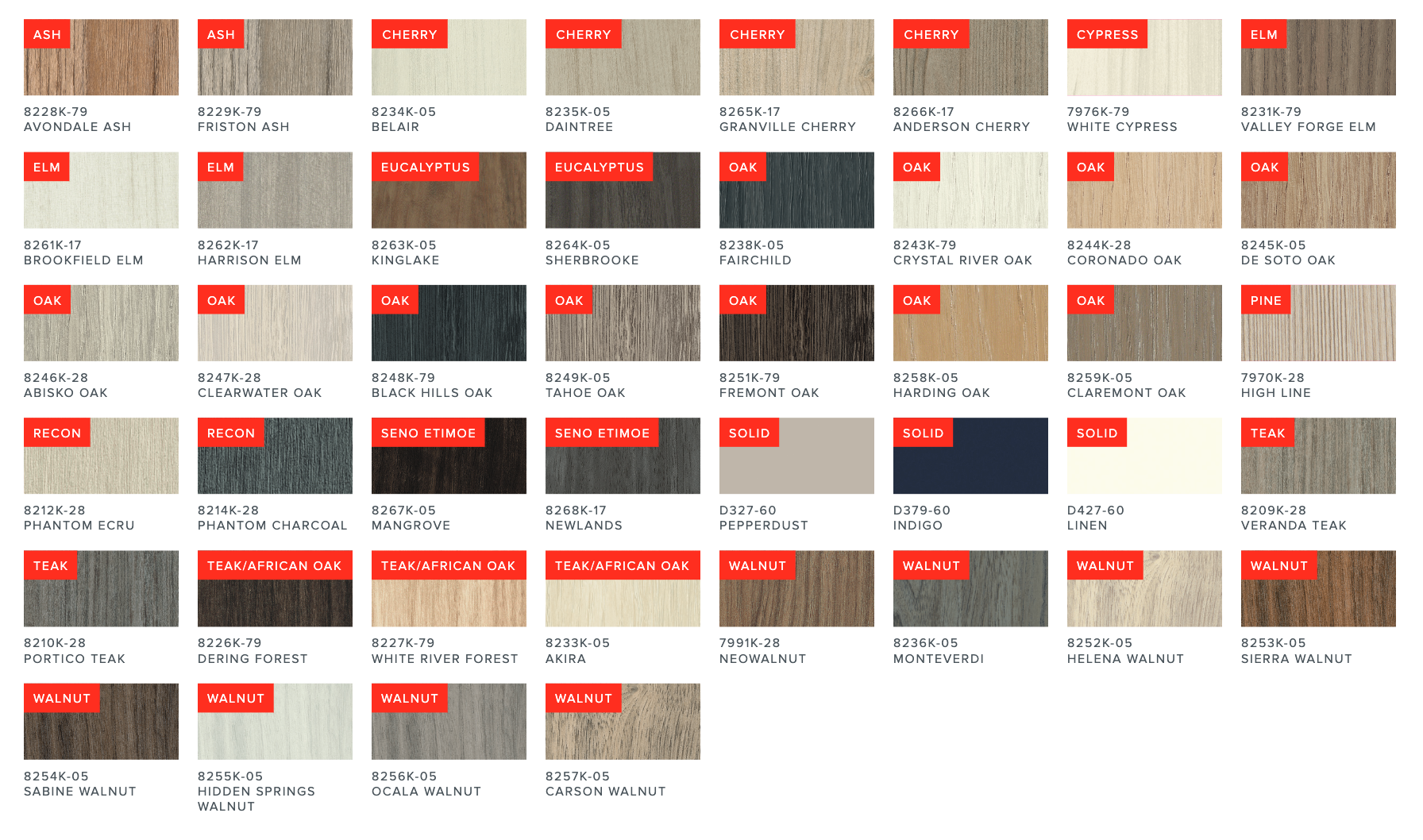
SOLID WOOD
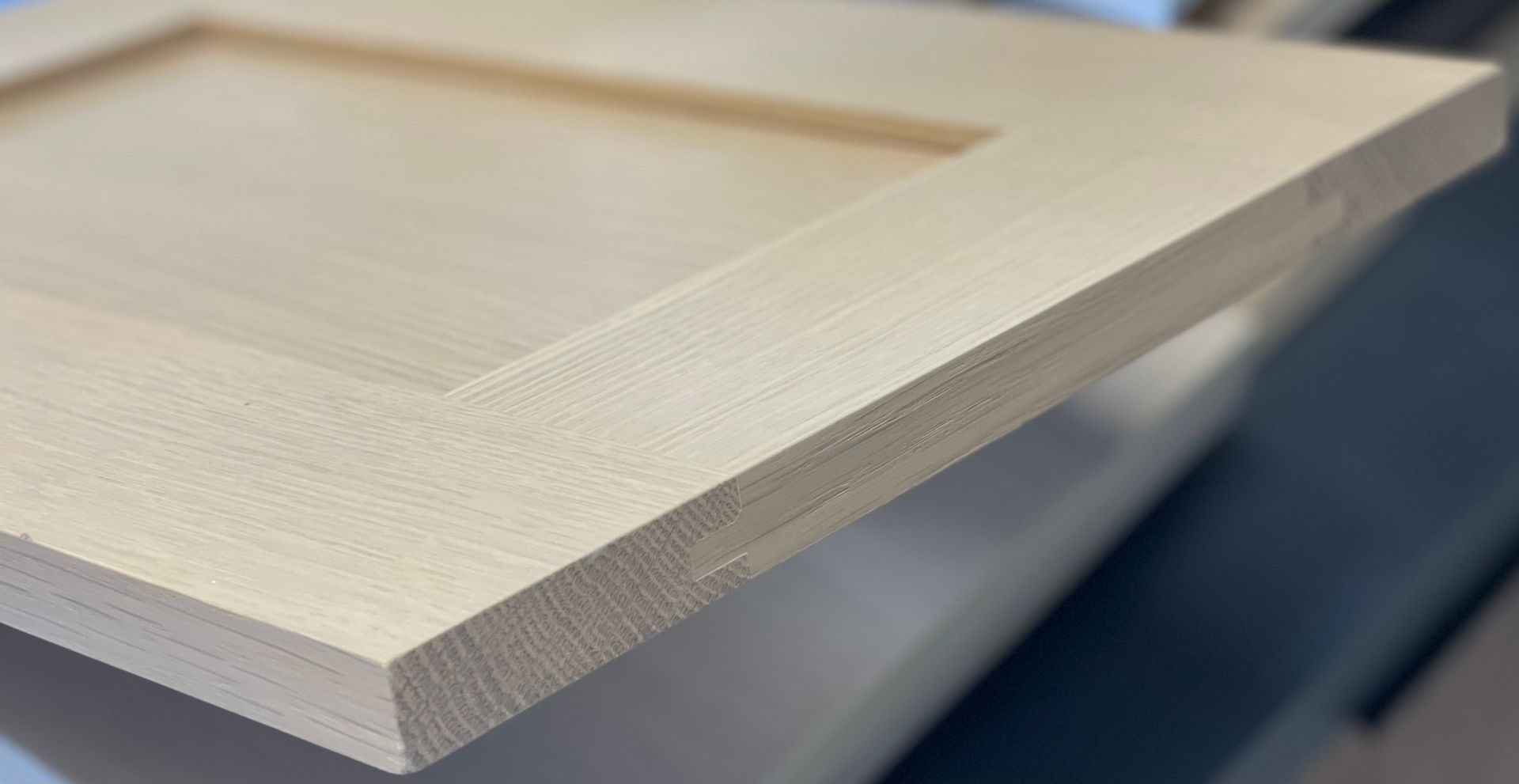
What it is: 100% natural hardwood (commonly maple, oak, cherry, alder, hickory, or walnut), used as solid panels or glued staves.
Pros:
- Authentic look and natural grain
- Can be sanded, refinished, repainted
- Accepts stain, lacquer, or paint
- Long-lasting and premium
Cons:
- Higher cost
- Can warp with humidity fluctuations
- Heavier and more demanding during installation
Best for:
Buyers looking for a timeless, high-end kitchen with the warmth and authenticity of real wood. Ideal for private homes and traditional interiors.
WOOD VENEER
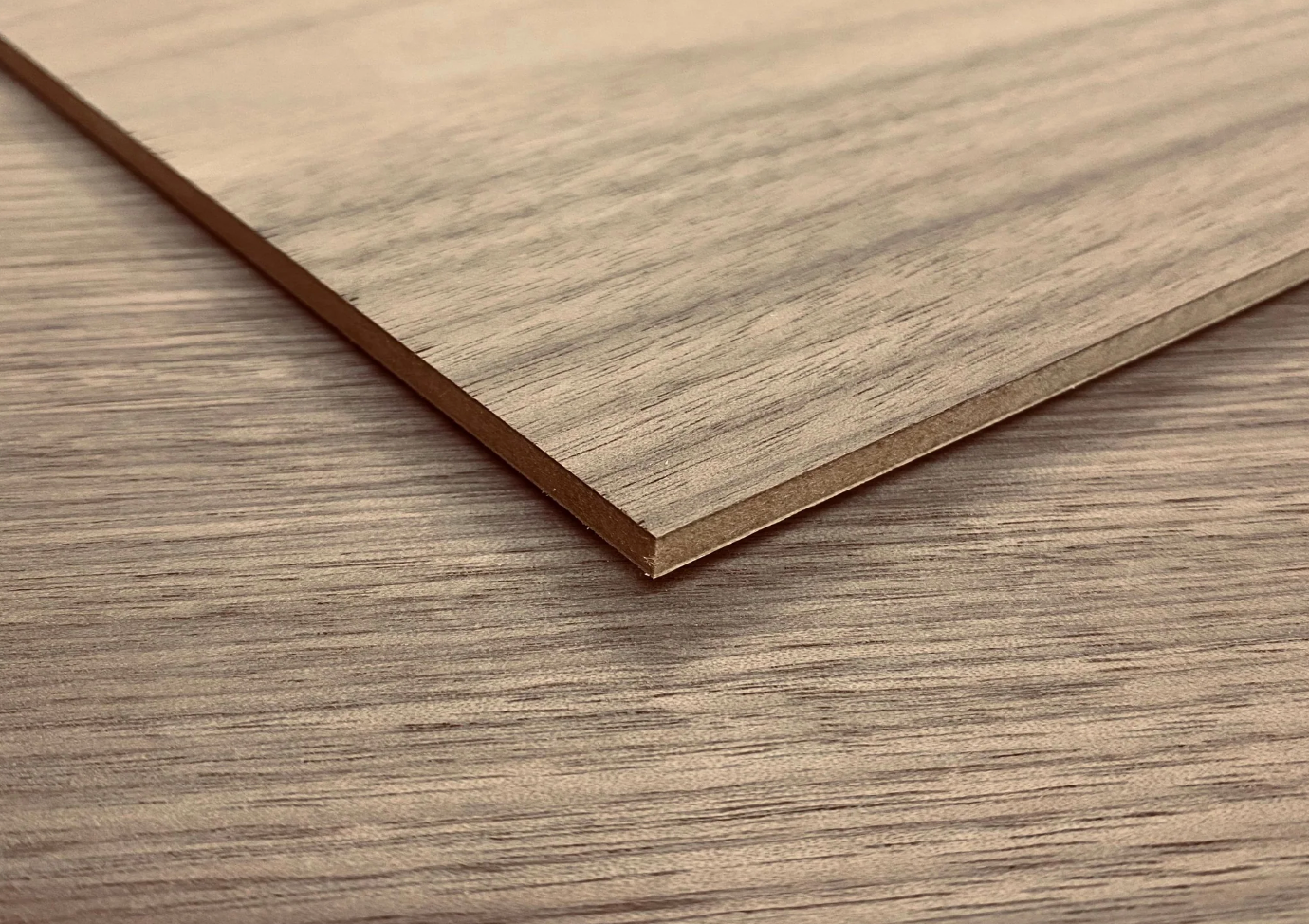
What it is: A thin slice of real wood (typically 0.5–1 mm) bonded to MDF or plywood panels.
Pros:
- Nearly identical appearance to solid wood
- More stable than solid wood under humidity changes
- Can be finished with stain, lacquer, oil — or painted
- Provides a natural wood look at a lower cost
Cons:
- Thin layer requires careful handling during manufacturing and installation
- Limited repair options if deeply damaged
Best for:
Clients who want the visual beauty of real wood with more budget flexibility and design freedom.
HPL (High-Pressure Laminate)
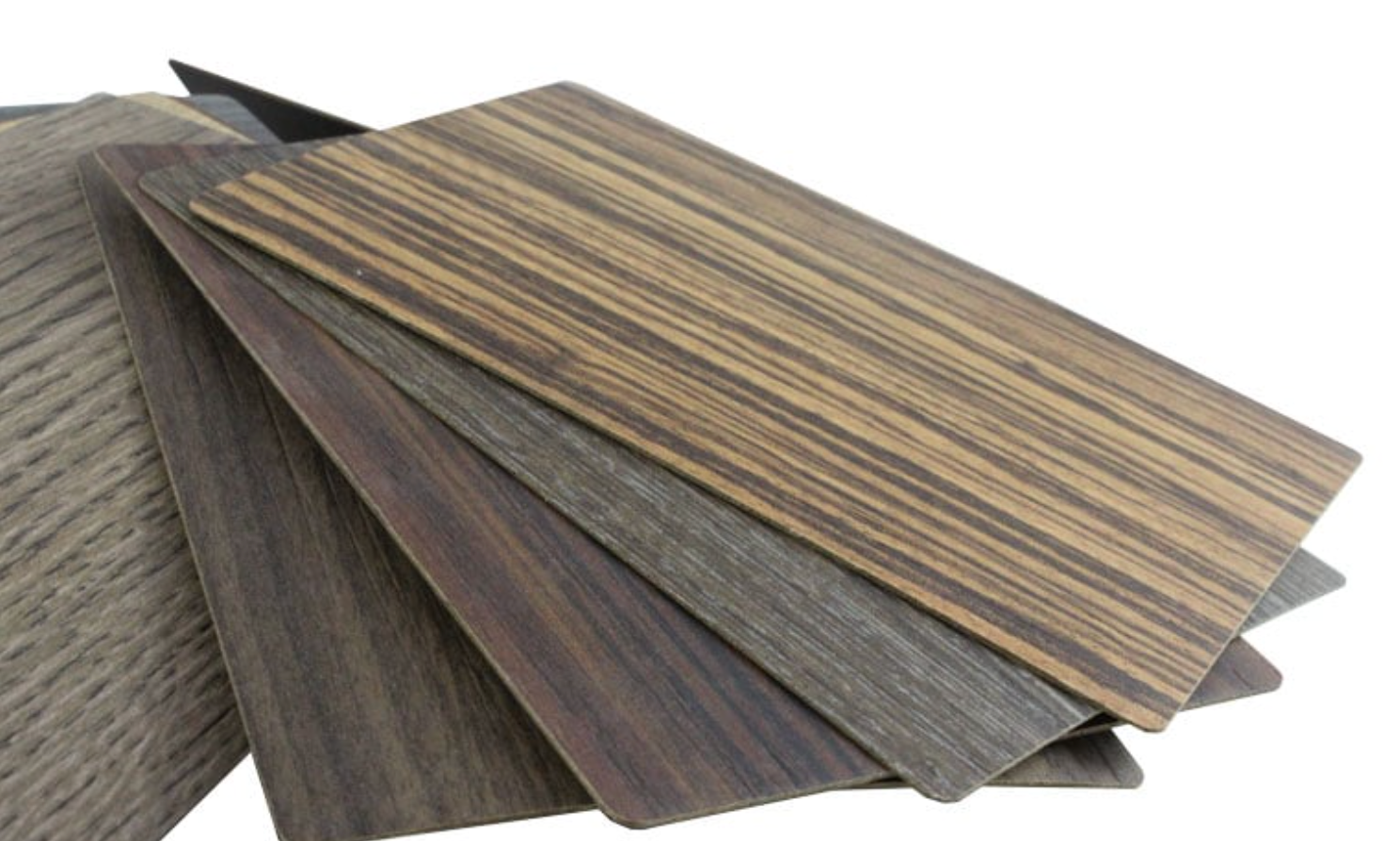
What it is: Decorative laminate pressed at high pressure and bonded to MDF or plywood.
Pros:
- Exceptionally durable — resistant to moisture, heat, scratches
- Extensive range of textures and finishes — wood grain, stone, concrete, solid colors
- Ideal for high-traffic, high-use environments
Cons:
- Visible edges unless post-formed
- Cannot be repaired if damaged
Commonly used when:
- Custom shapes or cuts are required
- Projects demand precision fitting to non-standard dimensions
- Large surface areas must be covered with minimal seams — perfect for commercial countertops, wall panels, and built-ins
Best for:
Modern kitchens, commercial spaces, and any project requiring strength, dimensional accuracy, and aesthetic flexibility.
TFL (Thermally Fused Laminate)
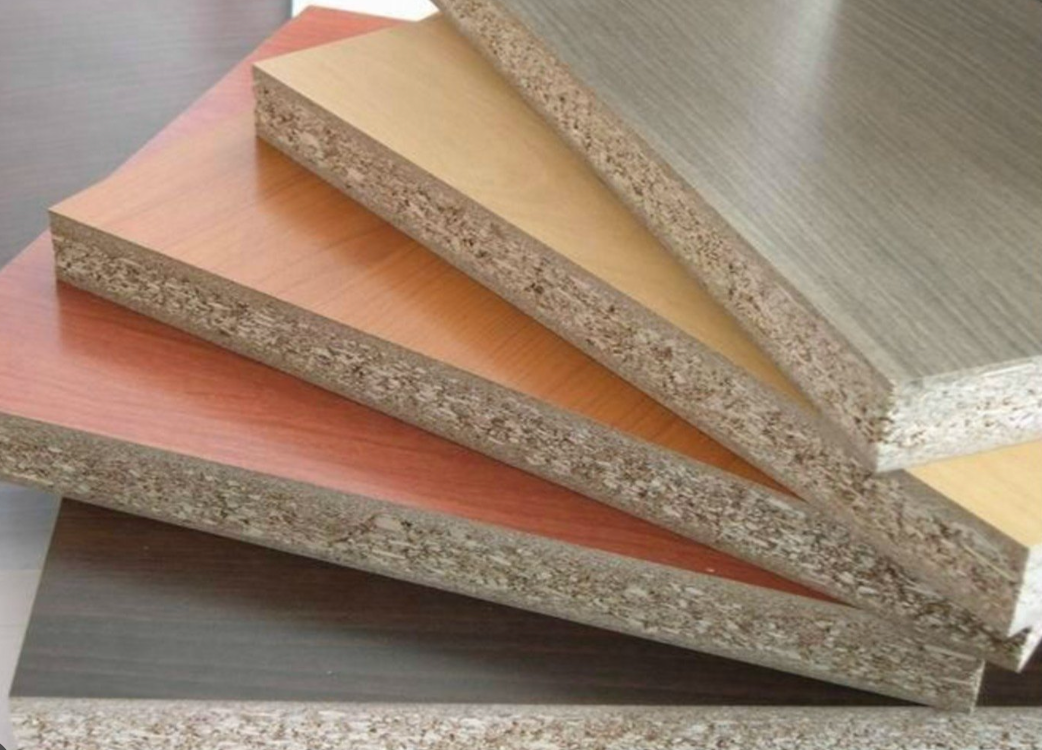
What it is: A decorative melamine layer fused to a particleboard or MDF core using heat and pressure.
Pros:
- Resistant to everyday wear and light moisture
- Easy to clean
- Wide variety of finishes, including textured, matte, and embossed woodgrains (EIR)
Cons:
- Not repairable if chipped or deeply scratched
- Slightly less durable than HPL
Best for:
Modern residential kitchens, commercial millwork, closets, and built-ins where visual consistency and material stability are key.
MDF (Medium density fiberboard)
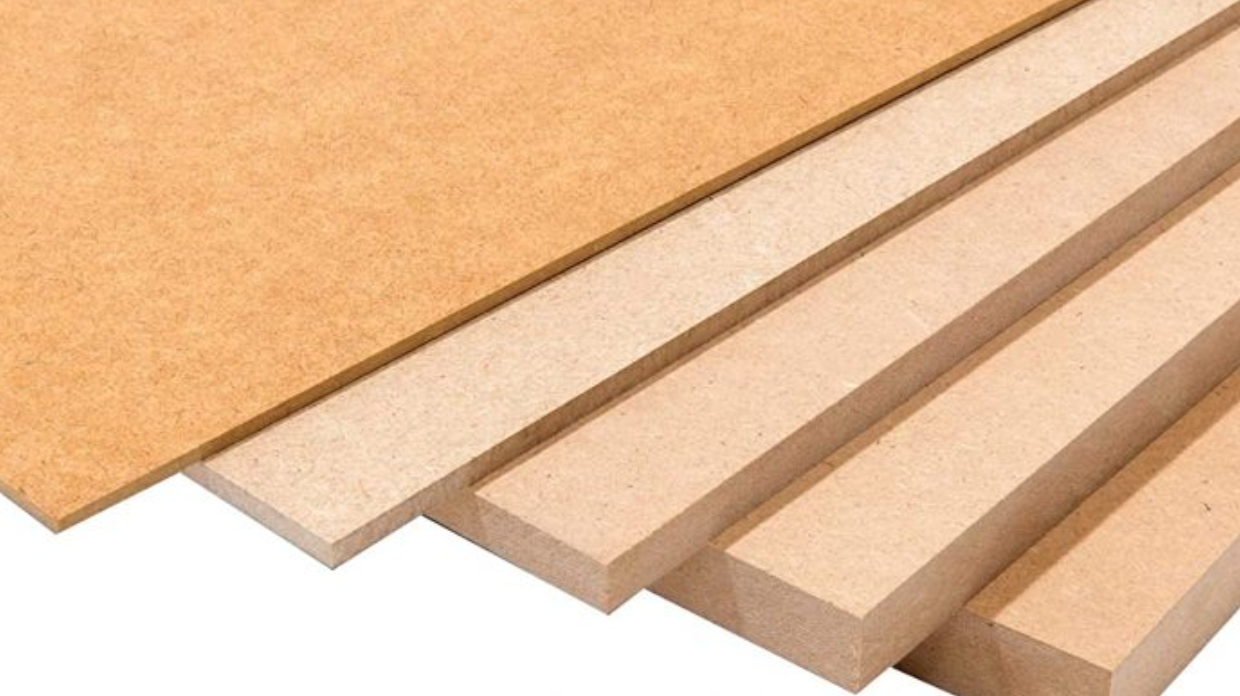
MDF (Medium Density Fiberboard) — a dense, uniform wood-fiber panel widely used in cabinetry for its stability, smooth surface, and excellent machining properties.
Pros:
- The best substrate for painted finishes due to its smooth, non-grain surface
- Machines exceptionally well — ideal for detailed profiling, routing, and 3D designs
- Perfect for Thermofoil doors thanks to consistent density and shape retention
- Used as the core material in ready-made decorative panels laminated with natural wood veneer or TFL/HPL
- Mostly used for the center panels in 5-Piece doors that are intended for painting
- Highly stable — resists warping and cracking under humidity changes
- Uniform structure ensures predictable CNC performance
Cons:
Vulnerable to moisture if the protective finish is compromised
Heavier than particleboard
Not suitable for structural load-bearing components
Best for:
Paint-grade doors and drawer fronts, 5-Piece shaker-style doors, Thermofoil doors, routed and profiled facades, and decorative panels veneered or laminated with TFL/HPL where a stable, smooth, and precise substrate is required.
TERMOFOIL
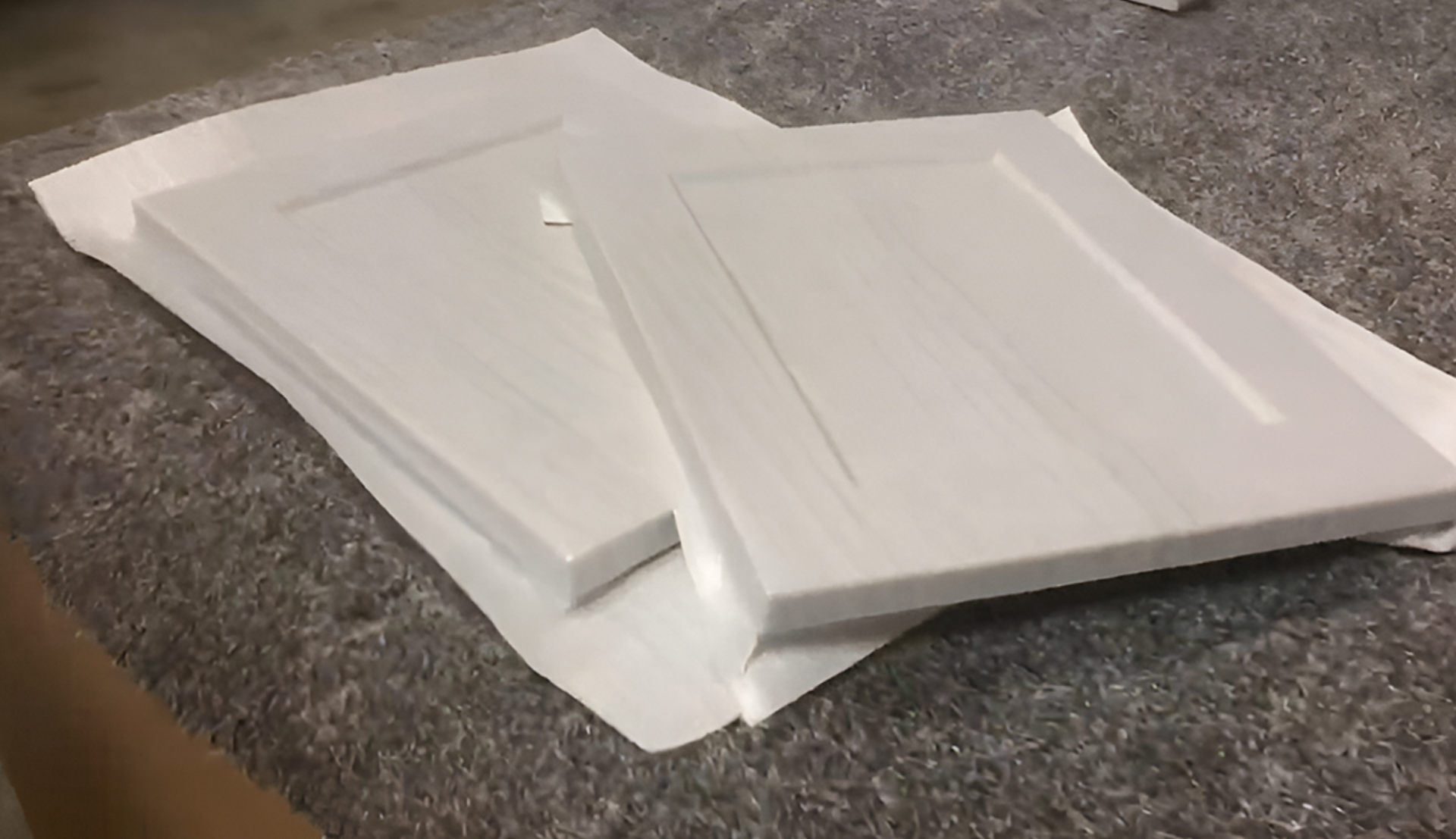
What it is: A thin vinyl film, vacuum-formed over an MDF substrate, creating a seamless surface.
Pros:
- Smooth, clean, joint-free look
- Affordable
- Wide range of colors, styles, and shapes
Cons:
- May peel or blister with prolonged heat exposure (e.g. near ovens or cooktops)
- Prone to color fading over time
- Not repairable if damaged
- Can crack on curved or bent sections, especially under tension
Best for:
Clients seeking a clean, uniform appearance at an affordable price — suitable for simple geometric cabinetry in low-heat zones.
Pro-Tech Woodworking — smart choices, tailored solutions
We crafts kitchens and custom cabinetry in Portland using all of the materials above — always tailoring solutions to each project while protecting your budget. We’ll guide you through the options, show samples, and explain pros and cons — with no pressure, just clarity.
We carefully balance thoughtful kitchen design, clean engineering, and smart material selection.
— When a space needs smoked oak veneer, we’ll use it.
— When a high-end TFL laminate gives the same effect, we’ll recommend it.
— When large seamless surfaces are required, we’ll go with HPL — with color-matched edges to create visual harmony.
Our goal is to deliver outstanding quality, functionality, and style — all within budget.
